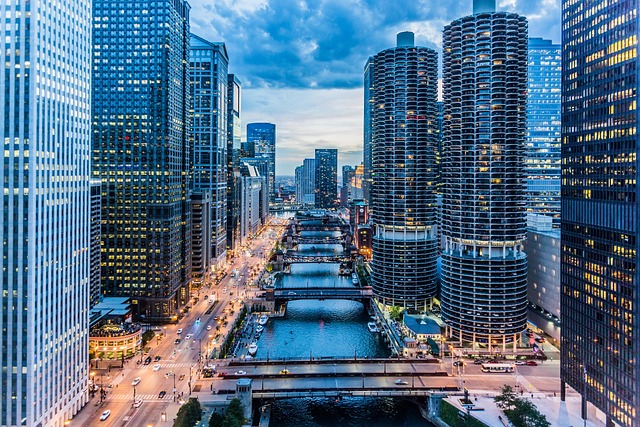Karachi, Pakistan's economic hub, faces significant traffic congestion due to high vehicle ownership and aging infrastructure. However, initiatives like bus rapid transit (BRT) systems, expanded bike lanes, and innovative transportation modes like Teen Talwar show promising steps towards improvement. Effective strategies include smart traffic signal systems, affordable public transport, electric vehicles, carpooling apps, and bike-sharing programs. The city administration is investing in road expansion and pedestrian walkways to create a sustainable urban mobility ecosystem. Karachi's future looks promising with technology-driven intelligent transport systems (ITS) that can optimize traffic management and enhance the daily commute for its 18 million inhabitants.
In the bustling metropolis of Karachi, understanding and managing traffic have become paramount for urban mobility. This comprehensive article delves into the intricate web of traffic patterns unique to this vibrant city. We explore the influence of Teen Talwar—a cultural phenomenon among young drivers—on Karachi’s roads, presenting both challenges and opportunities for efficient traffic management. Additionally, we highlight innovative strategies aimed at enhancing road safety for teen drivers while highlighting technology’s pivotal role in shaping Karachi’s future traffic landscape.
- Understanding Traffic Patterns in Karachi: A Comprehensive Overview
- The Impact of Teen Talwar on Urban Mobility
- Challenges and Solutions for Efficient Traffic Management
- Innovative Strategies to Improve Road Safety for Teen Drivers
- Future Prospects: Technology's Role in Karachi's Traffic Reform
Understanding Traffic Patterns in Karachi: A Comprehensive Overview
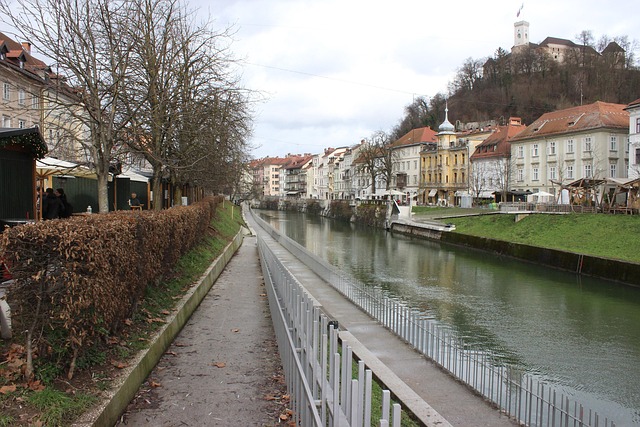
Karachi, Pakistan’s economic hub, is known for its bustling streets and intricate traffic patterns. Understanding this city’s traffic is crucial for anyone navigating its roads or studying urban mobility. The metropolitan area boasts a unique blend of modern infrastructure and historical routes, both of which contribute to its complex traffic dynamics.
During peak hours, Karachi experiences heavy congestion on major thoroughfares like the M.A. Jinnah Road and Shahra-e-Faisal, with vehicles often moving at a snail’s pace. This is largely due to high vehicle ownership rates and an increasing number of four-wheeler registrations each year. However, the city also showcases more positive trends, such as efforts to promote public transport through bus rapid transit (BRT) systems and an expanding network of bike lanes, aimed at reducing private vehicle reliance. By studying these patterns, urban planners can implement effective strategies to alleviate traffic congestion and enhance overall mobility in Karachi.
The Impact of Teen Talwar on Urban Mobility
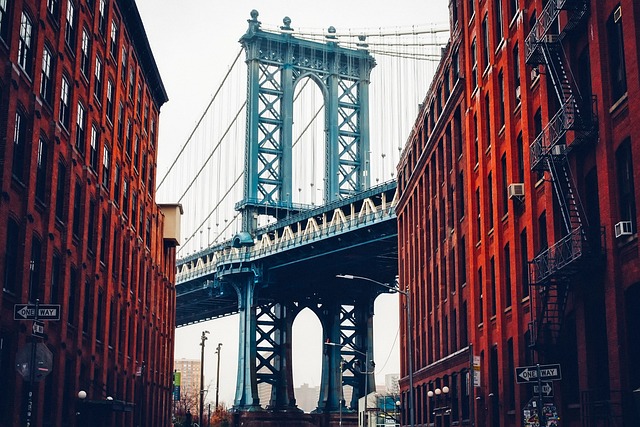
In Karachi, the introduction and rise of Teen Talwar (a new mode of transportation) has significantly reshaped urban mobility patterns. This innovative concept, offering a blend of convenience and cost-effectiveness, has swiftly gained popularity among the youth and city dwellers alike. The impact is evident in reduced traffic congestion during peak hours as more people opt for this eco-friendly alternative to traditional vehicles.
The presence of Teen Talwar has not only eased road traffic but also contributed to a greener Karachi. With fewer cars on the roads, carbon emissions have decreased, leading to improved air quality. This shift towards sustainable transportation options is particularly notable in a bustling metropolis like Karachi, where managing urban mobility is an ongoing challenge.
Challenges and Solutions for Efficient Traffic Management
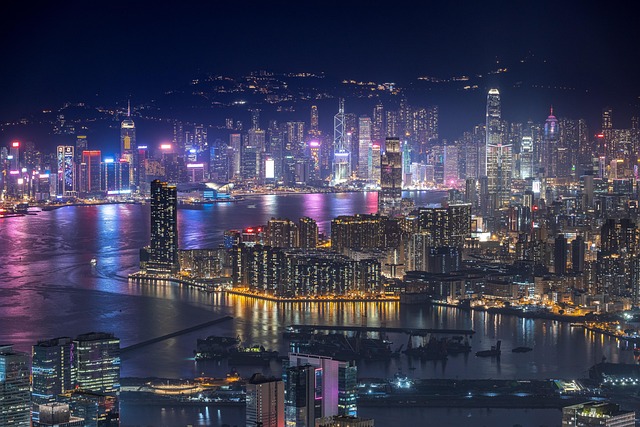
Navigating Karachi’s traffic, renowned for its congestion, requires a multi-faceted approach. Challenges include inadequate infrastructure, an aging fleet of vehicles, and a rapid rise in personal vehicle ownership. The city’s narrow roads and lack of efficient public transport contribute to daily commute nightmares.
However, solutions are emerging. Implementing smart traffic signal systems, encouraging the use of public transport through enhanced connectivity and affordability, and promoting electric vehicles can significantly ease congestion. Carpooling apps and bike-sharing programs offer innovative alternatives for shorter trips. The city’s administration is also investing in expanding roads and improving pedestrian walkways, aiming to create a more sustainable and less chaotic urban mobility ecosystem.
Innovative Strategies to Improve Road Safety for Teen Drivers
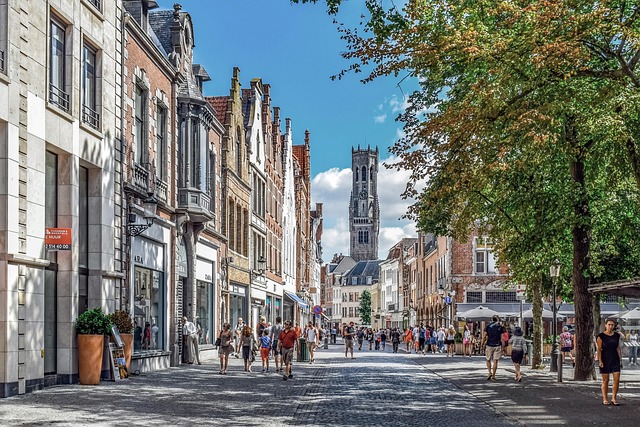
Future Prospects: Technology's Role in Karachi's Traffic Reform

The future of traffic management in Karachi holds immense potential, and technology is poised to play a pivotal role in transforming the city’s bustling streets into safer, more efficient corridors. With over 18 million inhabitants, Karachi faces unique challenges when it comes to traffic congestion and urban mobility. However, embracing innovative solutions can pave the way for a smarter, more sustainable transportation system.
One of the key areas where technology can make a significant impact is through intelligent transport systems (ITS). By implementing advanced sensors, cameras, and data analytics, Karachi can optimize traffic signal timings, detect vehicle collisions in real-time, and manage parking spaces effectively. These digital solutions have already proven successful in numerous cities worldwide, reducing travel times and minimizing road rage. With the right investments and infrastructure, Karachi can harness these technologies to create a seamless and stress-free driving experience for its residents, making daily commutes more bearable and efficient.
Karachi, as a vibrant metropolis, faces unique challenges in traffic management. The article has explored these complexities, from understanding the city’s intricate traffic patterns to examining the influence of Teen Talwar on urban mobility. By presenting various challenges and innovative solutions, it highlights the potential for efficient traffic flow and enhanced road safety. Looking ahead, leveraging technology offers promising prospects for transforming Karachi’s traffic, ensuring a safer and more manageable urban environment for all residents, especially young drivers.
